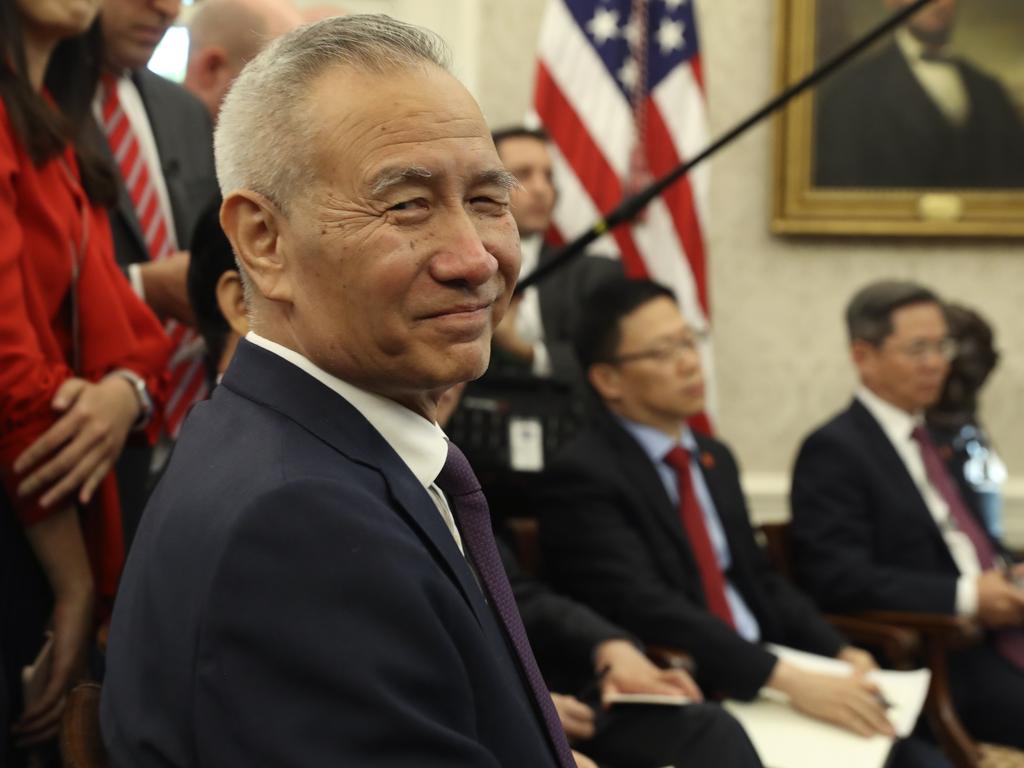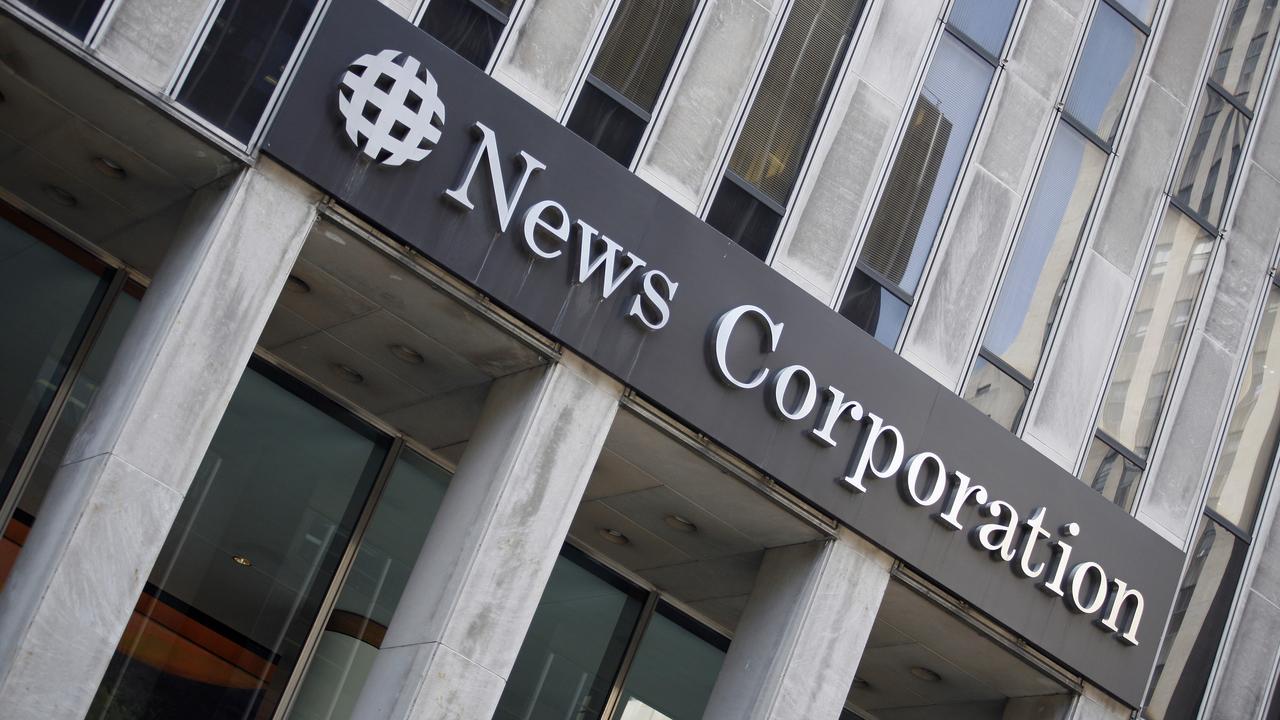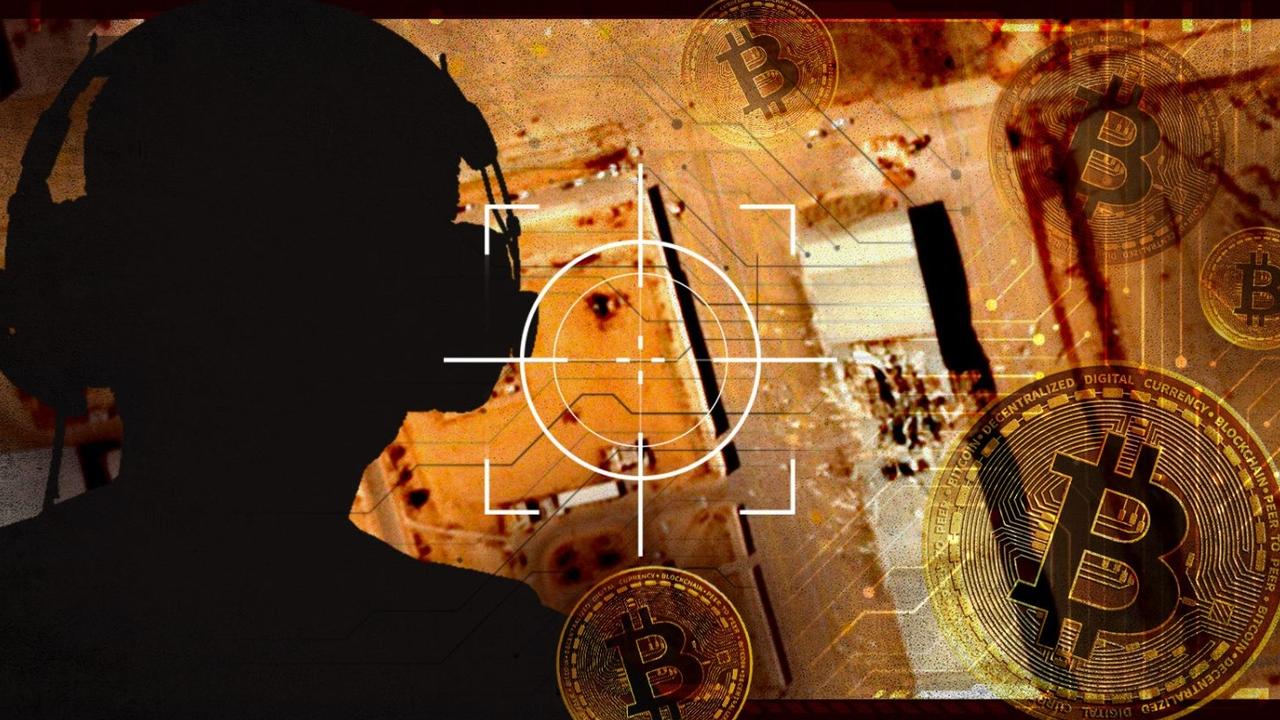US, China reach tentative ‘phase one’ trade pact
Morrison cheers trade deal clinched between the US and China, including suspension of tariff hike.
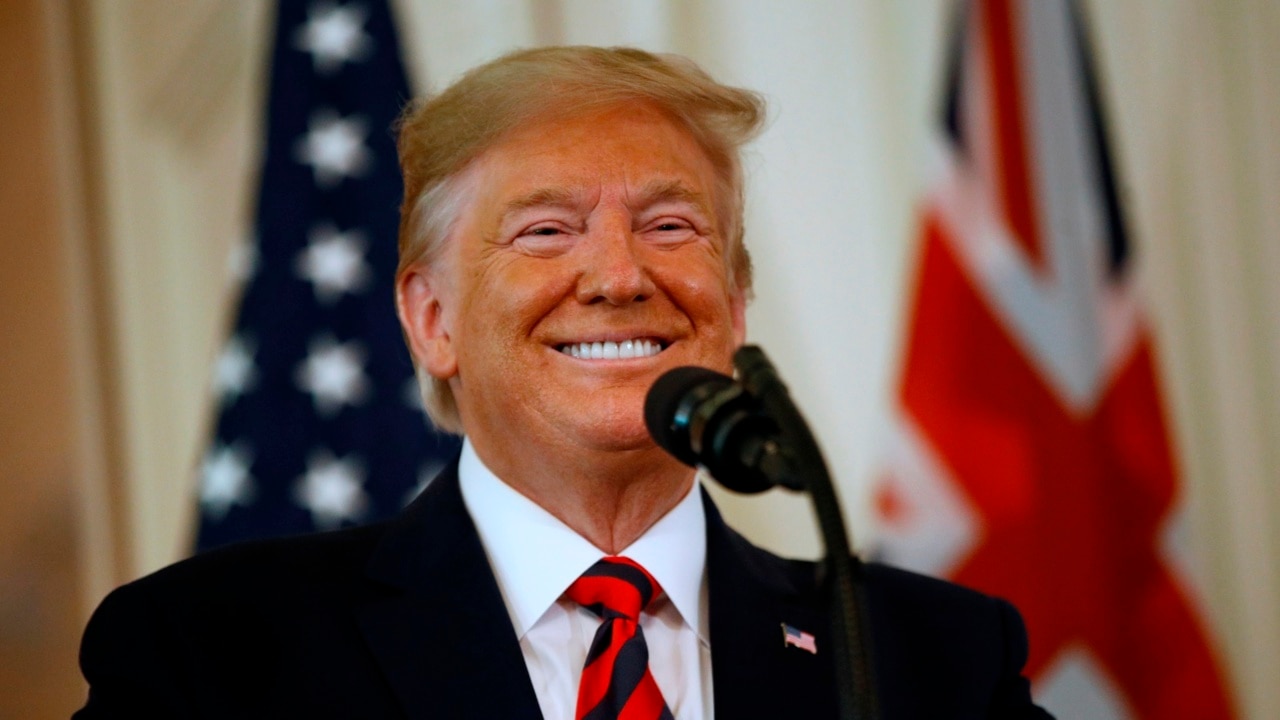
Scott Morrison has hailed as “somewhat of a breakthrough” the limited trade deal clinched between the United States and China overnight but says it’s too early to decipher what it means for Australia.
As part of the deal, the Trump administration will suspend a tariff hike on $250 billion in Chinese imports that was set to take effect on Tuesday, and China agreed to buy $40 billion to $50 billion in US farm products as the world’s two biggest economies reached a cease-fire in their 15-month trade war.
The White House said the two sides had made some progress on the thornier issues, including China’s lax protection of foreign intellectual property, but more work remains to be done on key differences in later negotiations, including US allegations that China forces foreign countries to hand over trade secrets in return for access to the Chinese market.
The Prime Minister said he congratulated US trade secretary Steven Mnuchin via text message this morning to tell him he had “done a wonderful job”.
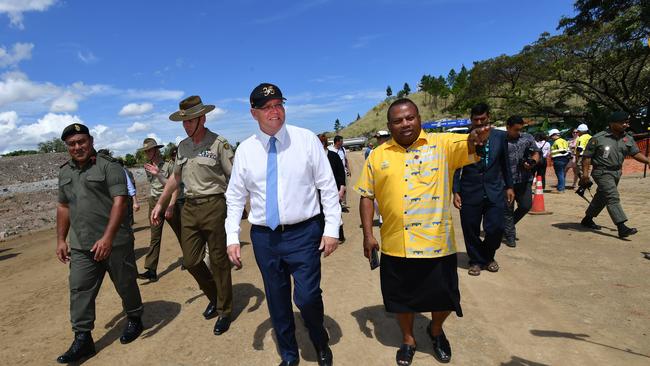
“I said congratulations. I’m very pleased he’s been able to get this done because I see Steven quite regularly at various events we’re at and obviously when we were in the White House recently,” Mr Morrison said.
“I’ve always said, and sometimes people have been critical of me for this, but I’ve always been optimistic about this because I’ve always known that ... what people are trying to achieve here is to secure a deal, to secure a new agreement that recognises the modern economy and (that) modern nature of the trading relationship should be in existence.
“You heard today some pretty important things I have also been talking about being included in this arrangement when it comes to particularly technology and IP (intellectual property) and things of this nature. This is a good thing.”
Mr Morrison cautioned against putting too much pressure on phase one of the deal but understood it would be put in writing on the sidelines of Asia Pacific Economic Conference next month.
“At this stage based on the information we have it’s difficult to make those broad assessments (as to what it means for Australia) but we’ll take a good look at that,” he said.
“What these sees is a bit of a breakthrough and let’s just hope that is consolidated and then once phase is in place, well, I wish them well for phase two.”

The US and Chinese negotiators have so far reached their tentative agreement only in principle. No documents have been signed.
President Donald Trump announced the trade truce in a White House meeting with the top Chinese negotiator, Vice Premier Liu He. The news followed two days of talks in Washington, the 13th round of negotiations.
“It took us a long time to get here, but it’s something that’s going to be great for China and great for the USA,” Trump said.
Trump has yet to drop plans to impose tariffs that are set to take effect December 15 on an additional $160 billion in Chinese products - a move that would extend the sanctions to just about everything China ships to the United States. The December tariffs would cover a wide range of consumer goods, including clothes, toys and smartphones and would likely be felt by many American shoppers. While providing scant details of just what was agreed to Friday, the White House said Beijing has pledged to be more transparent about how it sets the value of its currency, the yuan. The administration has accused China of manipulating the yuan lower to give its exporters a competitive advantage in foreign markets. China has also agreed to open its markets to US banks and other financial services providers, Treasury Secretary Steven Mnuchin said.
Earlier Friday, China announced a timetable for carrying out a promise to allow full foreign ownership of some finance businesses, starting with futures traders on Jan. 1. Ownership limits will be ended for mutual fund companies on April 1 and for securities firm on December 1. Until now, foreign investors have been limited to owning 51% of such businesses.
For now, the two sides have come to “almost a complete agreement” on both financial services and currency issues, Mnuchin said.
The trade war has inflicted an economic toll on both countries. U.S. manufacturers have been hurt by rising costs from the tariffs and by uncertainty over when and how the trade hostilities may end.
“They’re trying to de-escalate,” said Timothy Keeler, a former chief of staff at the Office of the US Trade Representatives. “I think it serves both sides’ interests because both sides were feeling pain.”
Stock prices had been up substantially all day, mainly in anticipation of a significant trade agreement. But once the White House announced the contours of the tentative accord, the market shed some of its gains. The Dow Jones industrial average, which had risen more than 500 points at its high, closed up 319.
The US and Chinese negotiators did not deal this week with a major dispute over the Chinese telecommunications giant Huawei. The US has imposed sanctions on Huawei, saying it poses a threat to national security because its equipment can be used for espionage. Trump has said he was willing to use Huawei as a bargaining chip in the trade talks.
The United States still has in place tariffs on more than $360 billion worth of Chinese imports. What changed Friday was that Trump suspended plans to raise existing tariffs on $250 billion in Chinese products from 25% to 30% next week. Beijing has lashed back by taxing about $120 billion in US goods, focusing on soybeans and other agricultural products in a shot at Trump supporters in rural America.
Last year, US farm exports to China plummeted 53% to less than $9.2 billion. The additional Chinese purchases promised Friday would ramp up over two years to between $40 billion and $50 billion annually.
But the toughest issues remain unresolved. And so do the details of what has apparently been agreed to in principle.
“This is an encouraging first phase,” said Craig Allen, president of the US-China Business Council. “We await word on how implementation will be measured and in what timeframe, as well as details on scheduling subsequent phases” Among the skeptics of Friday’s agreement is Derek Scissors, a China expert at the American Enterprise Institute, who suggested that the deal amounted to merely a temporary pause in the conflict.
“The president is acting as if a lot of Chinese concessions have been nailed down, and they just haven’t,” Scissors said.
The two countries were close to a more comprehensive deal in early May. But talks stalled after the US accused China of reneging on earlier commitments. Trump acknowledged that Friday’s deal has yet to be put down on paper but said that wouldn’t be a problem.
“China wants it badly, and we want it also,” Trump said. “We should be able to get that done over the next four weeks.” Myron Brilliant, executive vice president of the US Chamber of Commerce, drew encouragement from Friday’s developments.
“Finally, a ray of hope for the US-China trade relationship,” he said. “While there remains significant work ahead to address many of the most important U.S. trade and investment priorities, we will continue to lend our full support.”
Still, Gregory Daco, an economist at Oxford Economics, suggested that the partial nature of the deal won’t relieve much of the uncertainty surrounding trade policy that has discouraged many American companies from investing in new equipment and expanding.
“For businesses this will mean less damage, not greater certainty,” Daco said in a research note.
Daco has estimated that the trade fight will cut US growth by about 0.6 percentage point in 2020. Friday’s pact might reduce that slightly to 0.5 percentage point, he said.
“Beyond the promises and niceties, the deal doesn’t address key underlying issues,” Daco wrote.
The two countries are deadlocked primarily over the Trump administration’s assertions that China deploys predatory tactics - including outright theft - in a sharp-elbowed drive to become the global leader in robotics, self-driving cars and other advanced technology.
Beijing has been reluctant to make the kind of substantive policy reforms that would satisfy the administration. Doing so would likely require scaling back China’s aspirations for technological supremacy, which it sees as crucial to its prosperity.
With agencies


